The inclusion of High Dynamic Range (HDR), higher frame rates and object-based audio in the latest specification for Ultra High Definition (UHD) could provide the “tipping point” for adoption of the technology, according to the chair of Digital Video Broadcasting (DVB), which agreed the specification.
UHD-1 Phase 2 was billed as “a major milestone for the industry” by the international standards organisation, which said it would “guarantee interoperability” between products from consumer electronics manufacturers and allow broadcasters to launch services from next year.
Freesat, Freeview, Sky, Virgin Media and YouView all adhere to the DVB’s recommendations.
HDR increases the contrast ratio, while higher frame rates provide sharper images of moving objects, and object-based audio allows viewers to select certain elements of a soundtrack.
The two options for encoding HDR outlined by the DVB are the BBC-backed Hybrid Log Gamma (HLG) approach and Perceptual Quantisation (PQ), which was proposed by Dolby.
DVB chairman Peter MacAvock said the approval was the result of “enormous effort”.
He added: “DVB views the Phase 2 specifi cation as a key enabler for exciting products and services.”
More than 30 companies participated in the process of drawing up the specifi cation, which took some 36 online meetings and 14 physical meetings over three years.
Chair of the DVB commercial module for UHD TV David Wood said: “When they draw up the history of TV, the agreement by the DVB Steering Board to the UHD-1 Phase 2 specifi cation will surely be writ large.
“It marks the culmination of many years of work by scores of DVB member engineers, and is probably the tipping point for the new age of UHD TV.”

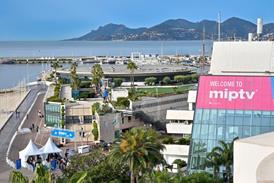
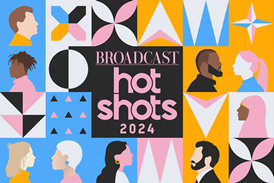
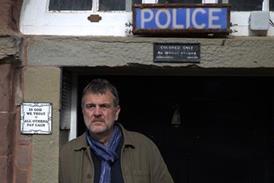




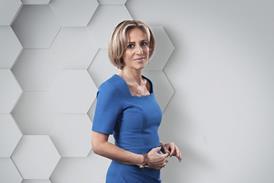


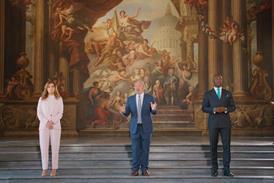



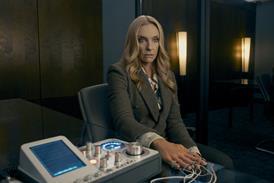









No comments yet